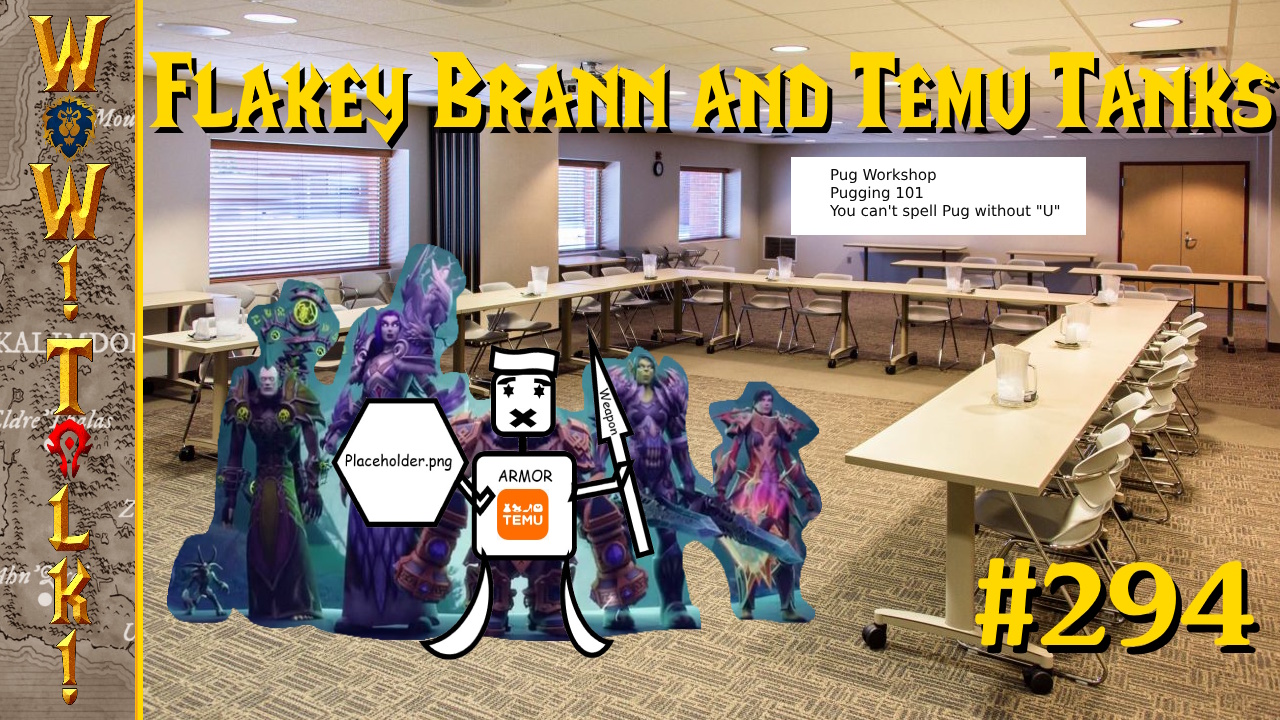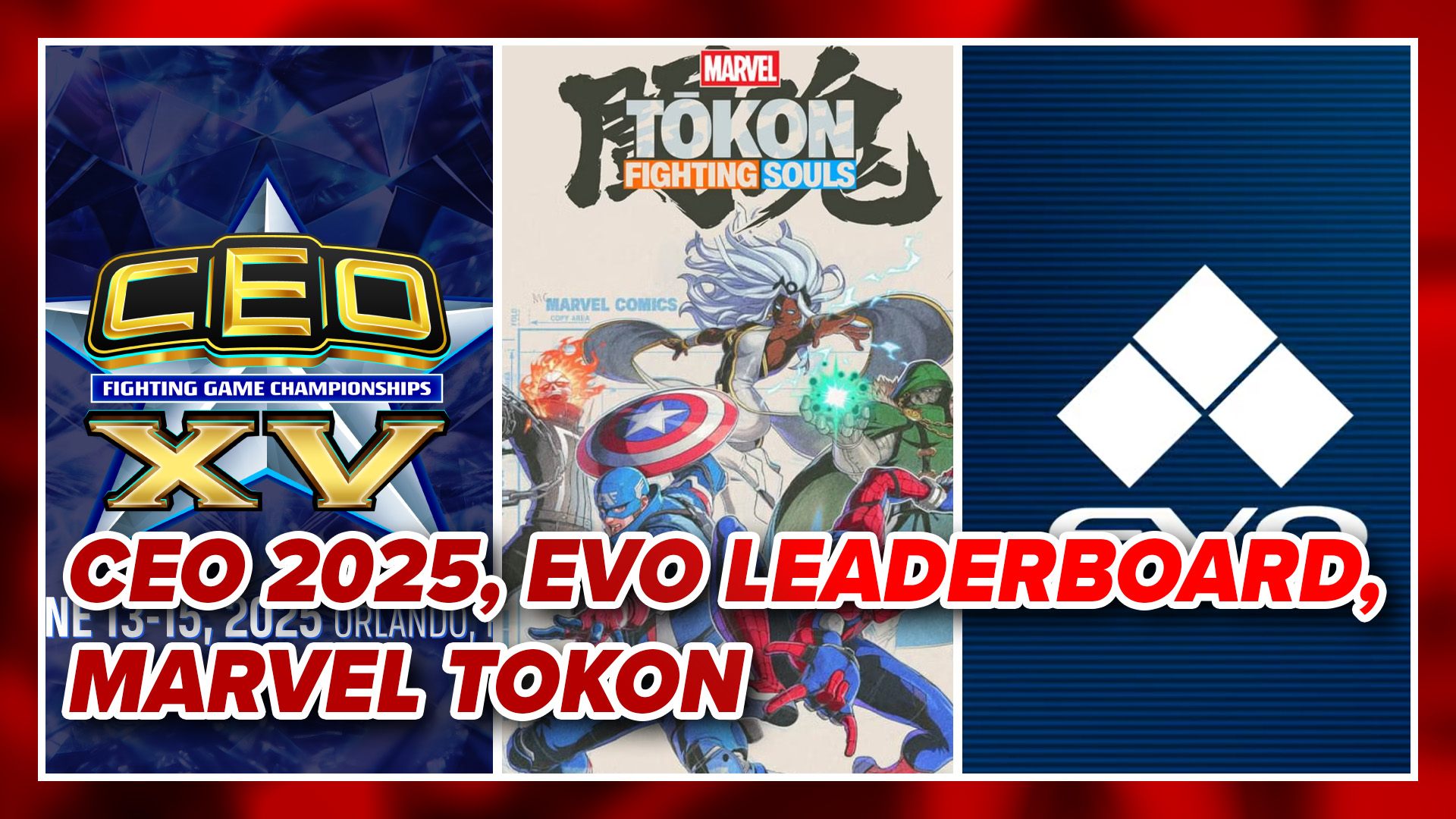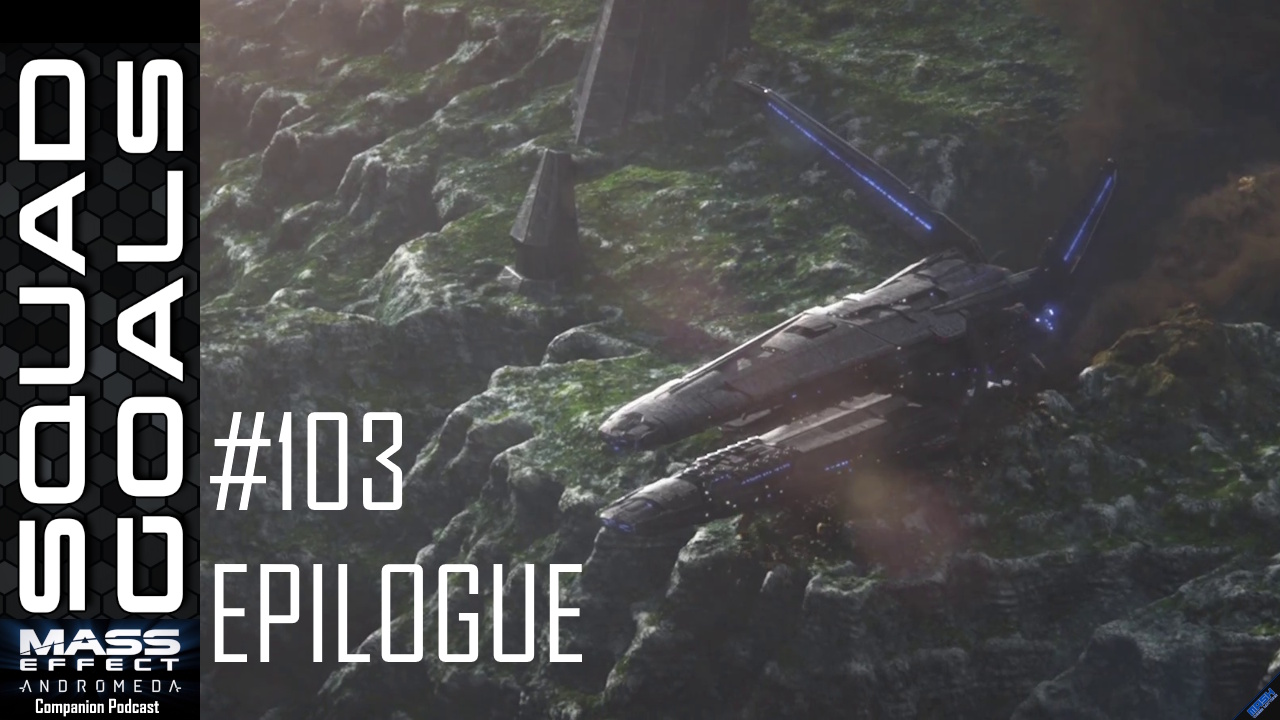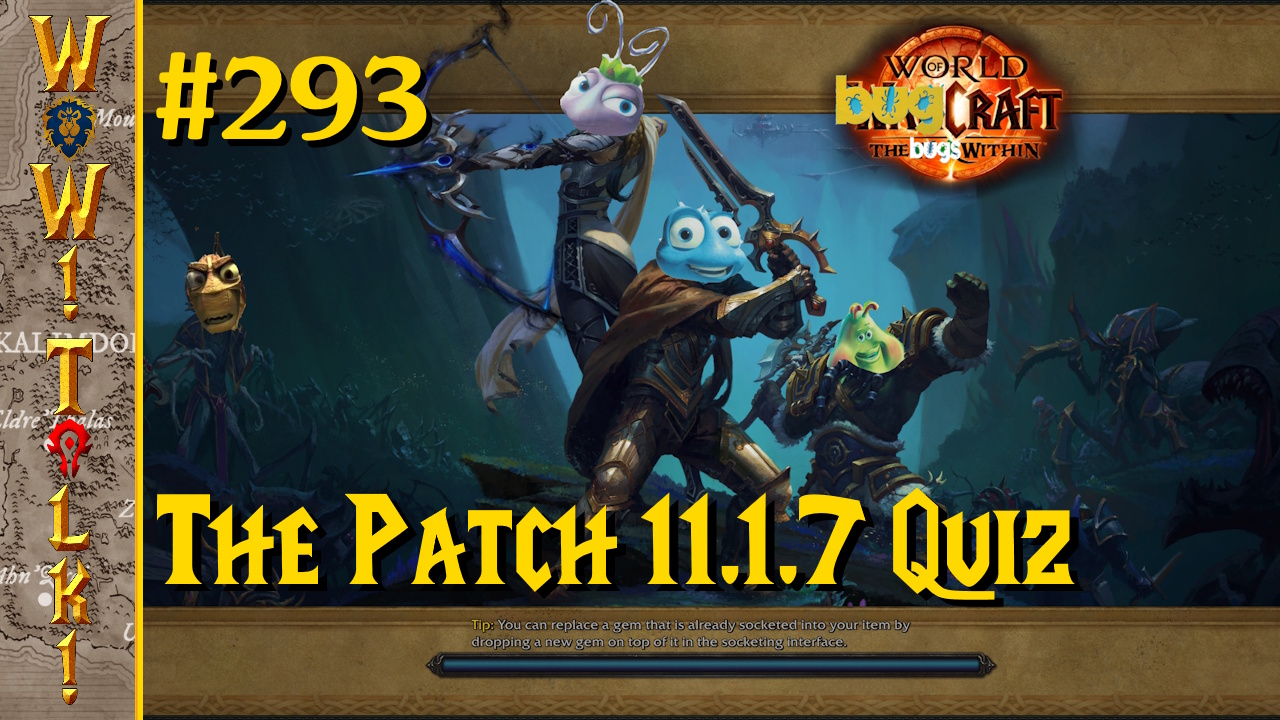The Pillars of Horror is a look at the games, past and present, that have shaped the genre, showcasing the various mistakes and triumphs that have come out over the years. They may not all be gems, but they’ve all contributed something to scaring the controllers out of people’s hands.
Sweet Home is one of the earliest and arguably most important entries in survival horror. If the fact that it was the inspiration for Resident Evil isn’t enough (right down to the opening door loading screens), then there’s the chilling story, creepy atmosphere, and genuine danger to prove that this game helped cement many of the genre’s most important aspects. If you thought that the idea of 16-bit horror was a joke, then you just might find yourself genuinely unsettled and surprised at what the 8-bit RPG Sweet Home can do.
Sweet Home throws you into danger the moment you step into the house, but you might not realize it. Even after a few fights with some of the basic monsters, you won’t pick up on it. At some point, though, one of your characters will drop to 0 hit points. If you’ve played any RPG over the past few decades, you’ll probably feel inconvenienced. Given that this is a Famicom game, you’re probably dreading having to go back to some priest or healer that’s a good twenty minute walk away. As soon as you watch that character get chopped in half or fall to the floor in a bloody smear, you’ll understand the stakes of fighting your way through this house. Character death is permanent.
For an NES-era title, that death is pretty graphic, too. Watching the look on your male character’s face as an invisible force rips through his midsection is a little unnerving, if only because that kind of violence is rare from that era. Monster Party is the only point where I saw something that sickening happen in an NES game, and that gave the childhood version of me nightmares for some time. Just the same, it’s interesting in its uniqueness but the death animation still looks a little on the silly side.
When the female characters die, it’s a different story. When they drop, they hit the ground face-first, and they hit it hard. Once on the ground, they start to slide back; leaving a long trail of blood before the game finally tells you that they’ve died. Without saying another word, the game is also telling you that the creature that killed that character is also dragging her body away. I don’t know if it’s just a product of being forced to use my imagination to fill in graphical gaps, but the idea of these creatures stealing the bodies after they’ve killed them left me feeling pretty unsettled.
Don’t get too bent out of shape about monsters stealing your dead friends, though, as their bodies will remain exactly where they died for the rest of the game. It was a nice gesture on the part of the developers since you’d want to be able to get any items you’d left in that character’s inventory, but it’s still an uncomfortable act to have to rifle through a dead pal’s pockets. It’s extremely rare to be confronted with the consequences of death in a video game to any realistic degree since dying usually involves playing from an older save or checkpoint, but the player gets a close-up look here. You screwed up and someone died because of it; so now you’ll have to remember that fact each time you need an item on that character’s inventory. It’s genuinely depressing to wonder where you left something important and realize it’s on the corpse of one of your dead party members; the one you left lying on the floor like a piece of garbage.
Since it’s an RPG, you’d think I’d just heal the buggers. Healing magic is prevalent in RPGs where your characters are in less danger than they would be in Sweet Home, and the developers realized that as well. That’s why there are items in the game that heal your whole party to full hit points! Isn’t that nice? There are exactly twenty-one tonics spread out over the ruined mansion, with emphasis placed on the fact that they’re all over the place and, even worse, finite. You can’t blow through your healing tonics as there is no other way to recover. You have to let character’s hit points dwindle rather than compulsively keep them healthy since it might be a very long time before you find your next tonic. Unless you’ve been keeping careful track of how many you’ve used, you might discover that you’re holding the last available one. Imagine how it would have felt to play this game without that knowledge and you’ll start to realize just how devilish Sweet Home can be.
Even if you did play carefully and stock up on items, you’d find that your inventory is a cruel enemy as well. You can carry two items on each character, and given the run of gloves, ropes, candles, boards, and other items you might need to move forward in the game, healing items won’t typically be a top priority. On top of that each character has a specific item they use that is necessary to progress in the game, and if they die you’ll need to waste a precious inventory slot on its replacement. There’s no carrying items to a box for easy transfer either, so you’ll have to try to remember where everything is lying around in the mansion. It can be annoying, but the fact that it forces you to choose to put yourself in danger makes the game that much more frightening. Every mistake piles up on you, making your failure more and more likely by the second.
Say you’ve been careful for the whole game, keeping an eye on your health and items. Sweet Home is far from done with you, as there are also the traps. There are a few that just chip at your health a bit, but there are lots of others that will lead to character death. Most of these involve your character falling off something or into some hazard and needing to be retrieved. At the best of times they’ll take a ton of damage while you send someone to rescue them, but at the worst you’ll need a specific item to get them free. If you don’t have it, you’re out of luck. Even if you do have it, there are some traps that need specific timing in order to get your character free; so good luck with those too. Did I mention that you can fall in a trap just by walking through the wrong door?
Another fun hazard is the ghosts that fly around certain areas. Most of them move in a straight line, but others circle your party in shrinking circles until they eventually make contact with someone. If you make the unfortunate mistake of letting one touch you, you can look forward to one character being dropped somewhere else in the house all alone. Hope you have a good knowledge of the house’s layout, because your poor, lonely character is probably a good walk away. As some advice, don’t even take one step with that character. Getting in a fight alone is the last thing they will ever do.
The game has one saving grace that keeps it from being hopelessly vicious, and it’s that you can save anywhere. Being able to do that makes most of the game’s dangers a lot more manageable as you can just go back and undo a terrible mistake. It takes away some of the fear of dying, but you can still screw yourself pretty hard anyway. It makes the tension surrounding the fear of your inevitable death easier to tolerate, but it doesn’t dissipate it entirely.
The music in the game helps it maintain its atmosphere. It’s not the most spectacular musical score when listened to out of context as it has a lot of long, sustained notes that can make it kind of annoying for anyone else in the room, but it draws out tension. It’s all very melancholy and a little discordant. The music has a jarring and depressing effect where it doesn’t sound quite right, and it gives you this feeling of discomfort while playing it. It is strangely haunting for someone who’s actually crawling through the game’s broken hallways and darkened corridors, though. Don’t listen to it out of its context, but rather play the game or listen to it while watching some gameplay videos if you want to experience the effect. Like Silent Hill, the sound design is very good, but not in any kind of conventional way outside of the game itself.
Sweet Home jumps through a lot of hoops to keep the gameplay scary, but what really holds it together is its story. Beyond the fact that your team is there to photograph paintings in a haunted old mansion, you know nothing. There’s no one who’s going to hop in with any exposition as you progress through the game, either. You’re trapped in the haunted mansion for the whole game with almost no one to talk to. Beyond notes written in blood on walls and small hints you find in the paintings and tucked away in locked diaries, you’re given little background on what’s causing all of the trouble here. If you want to know what happened, you have to find out on your own.
It’s not enough for Sweet Home to have one of the more disturbing stories in gaming’s history, but it also makes you hunt it down. You hear everything in snippets and half-finished stories, leaving the player knowing that something is very wrong but rarely clear on the full story. That mixture of curiosity and horror drives the game forward, keeping you glued to it while giving a sense of revulsion at the events. Without even realizing, the player becomes that character from every horror movie that was overcome with curiosity and pushed deeper into trouble. You get to feel what it’s like to be afraid of what’s going on while still needing to understand it. It’s an amazing feeling to be fully under the game’s spell and realize it.
Finding out what’s going on is easily the most disturbing thing you’ll ever see from a game of this era. It’s not shown in a tasteless or graphic way to illicit cheap scares either (although there are a lot of gross, disgusting things that the game DOES show), choosing to let the player use their imagination to picture what’s happened. The events really are bone-chilling, but in a way that touches the player as a human being rather than trying to evoke biological horrors or ancient curses. If you look past the supernatural aspects of this game, you can see a terrible event that could happen in the real world. Looking at it in that way will make the game’s story stick with you. Despite the game’s age, it has one of the most mature, sad, and chilling stories ever told in a video game.
Sweet Home is smart about its terror, manipulating gameplay and story into keeping the player in drowning in tension. The steady drip of the story keeps the hooks in deep, forcing the player to continue contending with the house’s dangerous inhabitants and cruel traps. It leaves players afraid of what will be around the next corner while filling them with so much curiosity that they’ll need to see what’s around it. If you can really immerse yourself in the story and look past the dated (but still excellent for its time) graphics, this game will stay with you. Adding the fact that it’s an excellent RPG only makes it that much more of a complete package. I can’t recommend it enough for horror or RPG fans.
Images courtesy of satoshimatrix.wordpress.com, lparchive.org, retrogamingroundup.com, hardcoregaming101.net









